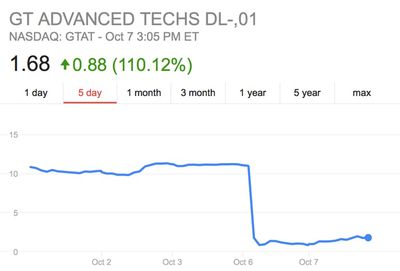Apple has retained its top spot as the world's most valuable company in the latest rankings from consulting firm Interbrand, reports The New York Times. With its top spot in the rankings, Apple also bested fellow technology companies Google, IBM, Microsoft, and Samsung, which came in 2nd, 4th, 5th, and 7th place, respectively.
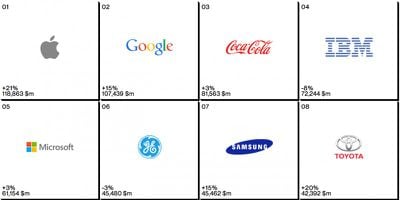
On September 9, 2014, Tim Cook held up a wallet and said, "Our ambition is to replace this." A bold statement to be sure—but we'd expect nothing less from Apple, #1 on the Best Global Brands list for the second year in a row. Referring to Apple Pay, a new mobile payments platform that enables consumers to pay for items with Apple devices, Cook signaled that Steve Jobs's 2001 vision of Apple becoming the "digital hub" of its consumers' lives (Macworld Expo 2001) has finally been fulfilled.
In what CNNMoney.com called "one of the most ambitious product launches in its history," Apple unveiled not only Apple Pay, but also the long-anticipated Apple Watch, a wearable device that combines health and fitness monitoring with mobile computer capabilities, and launched two new iPhones that are faster and smarter than previous versions and feature larger screens. The iPhone 6 Plus, which embraces the larger-form factors, could pose a serious challenge to Samsung's GALAXY Note. Though iPhone sales were up prior to the new product launch, particularly in China where China Mobile is now signed as a carrier, the iPhone 6 Plus may further assist penetration in Asian markets where larger-screened devices are preferred.
In last year's survey, Apple overtook Coca-Cola as the most valuable brand in the world after the beverage corporation spent 13 years in the top spot. Apple was valued at $118.9 billion in this year's survey, up $20.6 billion from its $98.3 billion valuation in 2013.
Apple launched the larger 4.7-inch and 5.5-inch iPhone 6 last month, with both devices selling a record-breaking ten million units during their first three days on sale. The company also announced its highly-anticipated Apple Watch wearable device in September, which will come in multiple screen sizes and collections when it launches next year. Apple is expected to unveil new iPads, a 27-inch iMac with Retina Display and perhaps a new Mac Mini at an event next Thursday, October 16.


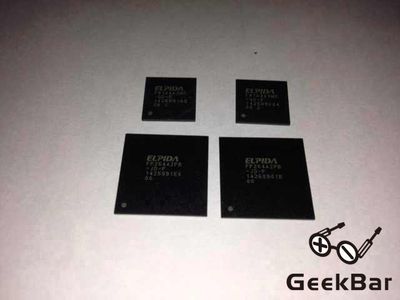
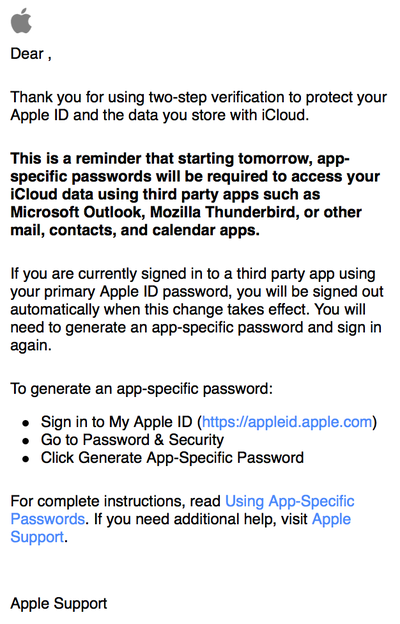
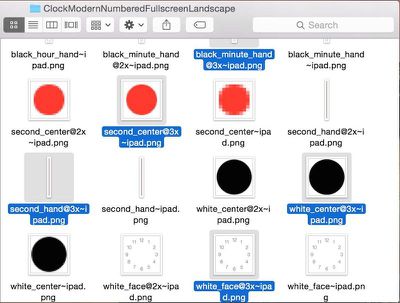
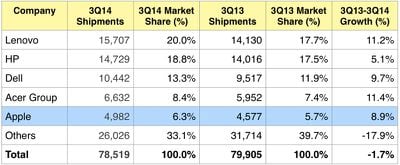
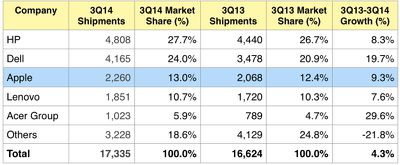
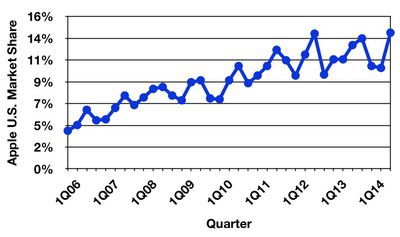
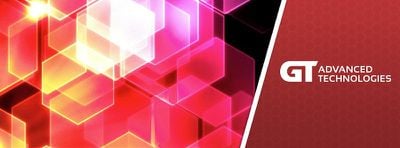
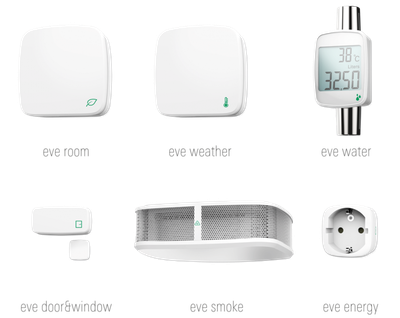
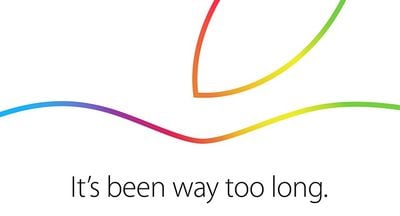

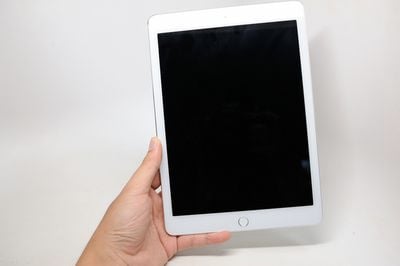


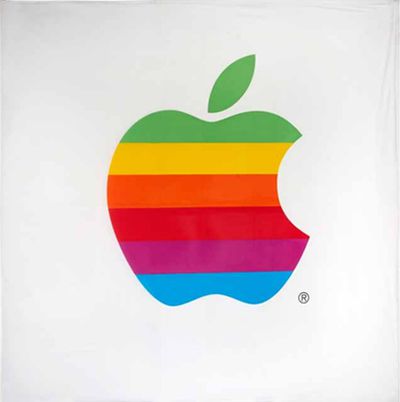
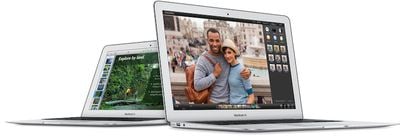
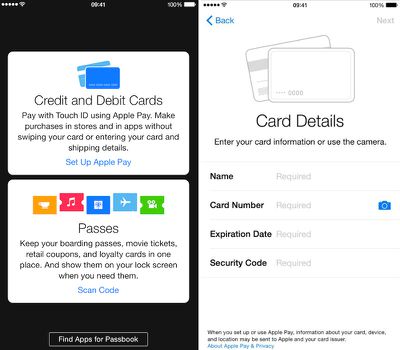
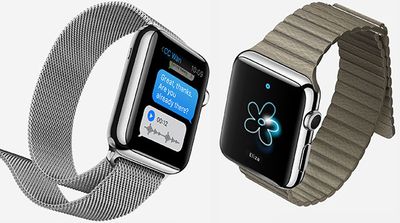

 Apple withheld a final $139 million payment that it was due to make to GT Advanced, reports
Apple withheld a final $139 million payment that it was due to make to GT Advanced, reports 
